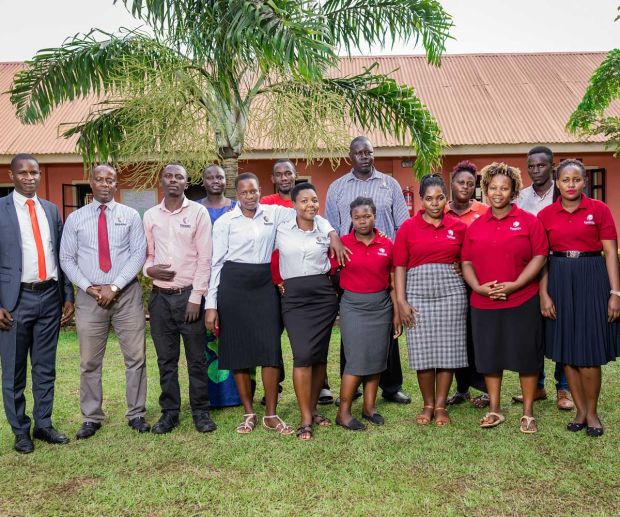
Gender Equality

Gender Equality
Never enrolled
62 million girls between ages 6-15 are out of school and 16 million girls between ages 6-11 never enter one.
(Source: UNESCO)
Incomplete schooling
Only 34% of girls in the poorest households living in the poorest countries complete primary school.
(Source: World Bank)
Missed days of school
In Uganda, nearly 30% of girls reported missing days of school because they didn’t have access to pads when they were menstruating.
(Source: New Vision)
Lower Achievement
In Uganda, a girl is more likely to be married by 18 than to know how to read.
(Source: UNICEF)
Because of these dire statistics, Imani has taken into account women and girls in every aspect of our education approach. This has allowed us to change the futures of girls in underserved areas across Uganda. In educating them, we change the future of entire communities as women reinvest 90% of their income in their families, as opposed to 30-40% for men.
Also, educated girls and women are healthier, have the skills to make choices about their own future, and can lift themselves, their communities and their countries out of poverty. For instance, a one percentage point increase in girls’ education boosts GDP by 0.3 percentage points and raises annual GDP growth rates by 0.2 percentage points (Source: UNICEF). Again, one extra year of education for girls increases their wages by 10-20% (Source: CGD).
Here are some of the ways we focus on women and girls in and out of the classroom:

Affordable fees:
Imani’s affordable fees mean that parents don’t have to choose which child to send to school and are less likely to prioritize a boy’s education over a girl’s.

Gender-sensitive instruction:
Imani commissions all artwork and creative stories in Imani’s textbooks and workbooks to ensure equal visibility of male and female characters, and specifically represent female characters in powerful, unconventional roles. Teachers are trained to call on both boys and girls in the classroom and as fewer girls than boys usually tend to volunteer in class, teachers are trained to practice more cold calling to ensure equal participation. Teacher training and classroom management techniques focus on encouraging girls to be leaders in and out of the classroom.

Gender-sensitive school management:
